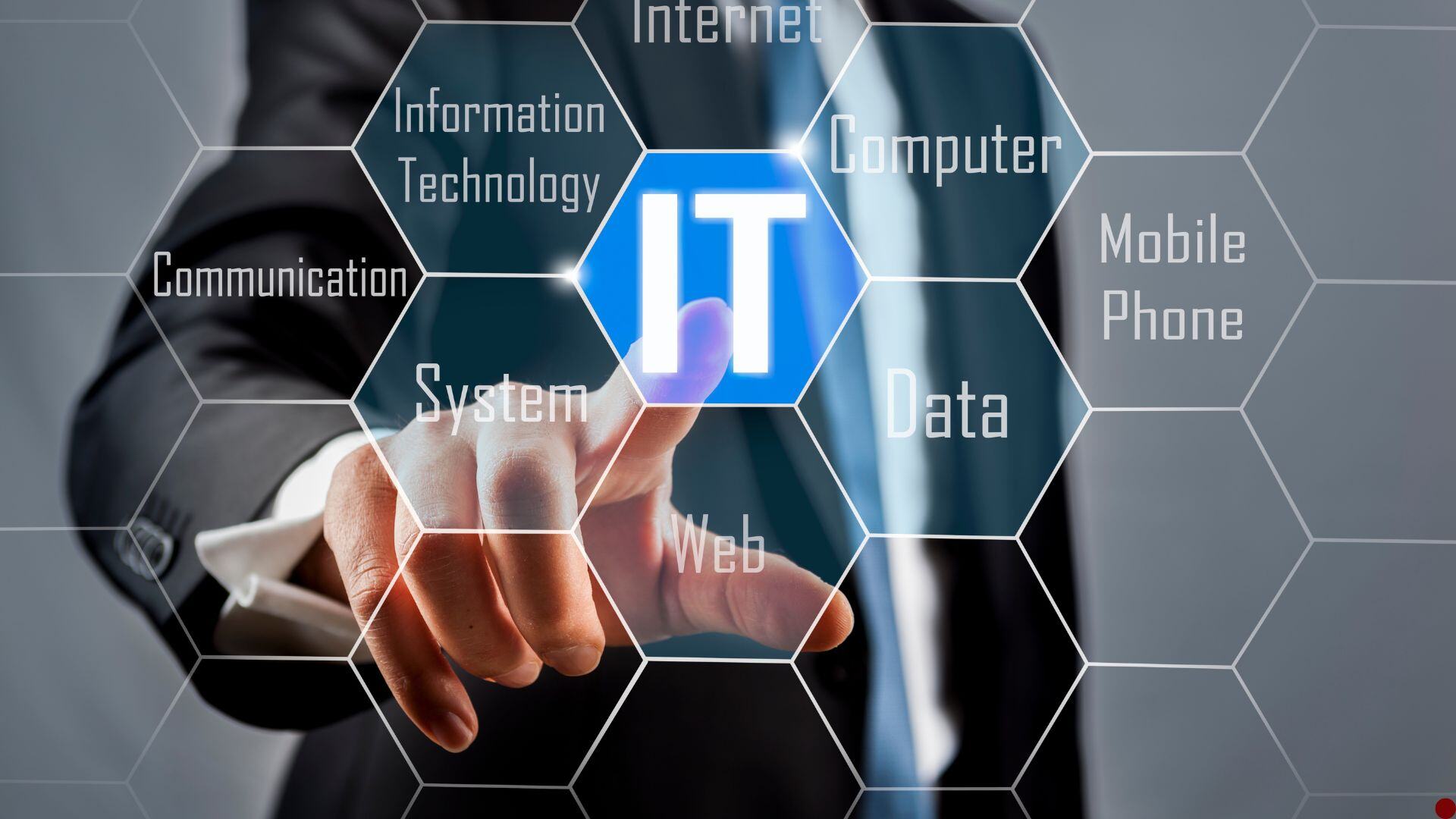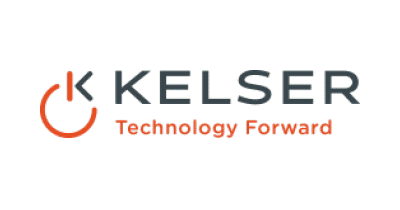What Are The Top IT Challenges Small Businesses Are Facing Today?
A rapidly shifting business climate and technology advances are putting increased pressure on small business owners. Those pressures can range from managing rising costs to talent shortages within IT and cybersecurity fields.
Because of these challenges, many small and mid-sized business owners are being forced to spend more of their scarce time trying to solve their IT problems rather than on running their business.
In this article, we’ll outline five of the top IT challenges facing SMBs in 2025 and beyond. We’ll also discuss some of the ways using managed IT services can eliminate many of the IT pain points those businesses are facing.
While we know managed IT isn’t the right solution for every business, our goal is simple: to help you succeed.
We write articles like this to provide relevant information you can use to help make the best IT decisions for your business—whether you choose to work with us or not.
What Are The Top IT Challenges Facing Small And Mid-Sized Businesses?
SMBs, already vulnerable to market fluctuations, are facing rising financial pressures amidst today’s economic uncertainty. Other issues include increased competition, customer retention, marketing, quality control, and supply chain disruptions, among many others.
Against this backdrop, small and mid-sized enterprises are also struggling to find ways to grow their businesses, meet cybersecurity compliance requirements, and leverage their technology to gain a competitive advantage.
With this backdrop, here are some of the top IT-related issues many small and mid-sized businesses are facing today:
1. Cybersecurity threats
- Although small business owners agree that cybersecurity threats are a top concern, many also admit that they’ve done little to strengthen their defenses against growing cyber threats.
- According to a recent study by the U.S. Chamber of Commerce, more than half of small businesses (60 percent) say that cybersecurity threats like ransomware, phishing attacks, and malware are a top concern.
Related Article: How Scattered Spider Social Engineering Attackers Target Helpdesks
- SMBs are frequent targets of cybercriminals. Although an estimated 43 percent of cyberattacks are on small businesses, just 14 percent believe they have sufficient security controls to protect themselves, according to a study by Accenture.
- Roughly 60 percent of small businesses shutter within six months of a cyberattack, reports Cybercrime Magazine.
- Yet, many SMBs are woefully underprepared for a cyber incident, such as lacking an incident response plan or not providing employee cybersecurity awareness training.
2. Compliance
-
Compliance concerns are another concern keeping small business owners up at night.
-
Not only do business owners need to ensure that they’re meeting state and federal cybersecurity and data privacy regulations, but they also need to adhere to industry requirements and increasingly stringent insurance cybersecurity mandates.
Related Article: Tougher Cyber Insurance Security Mandates In 2025: How You Can Prepare
3. Limited internal resources
- Small and mid-sized businesses often have small or no in-house IT teams.
- Without the internal specialized skills and industry knowledge, many such small businesses use a “break/fix” model to address IT issues when major problems happen, such as a system-wide disruption or cyberattack.
- This lack of expertise can cause network misconfiguration problems, regulatory and industry compliance issues, increased vulnerabilities, and other issues.
- Companies are also dealing with IT staff turnover caused from issues like growing demand for skilled IT professionals across many industries, employee burnout, and the substantial cost to maintain and manage an in-house IT department.
4. Lack of IT planning and budgeting
- Without sufficient internal resources, many SMBs lack the ability to accurately compare different IT products and services, optimize cost savings, or plan for future IT updates.
- A lack of strategic planning and budgeting can severely hamper a company’s flexibility to adapt to market changes, scale their technology as their organization grows, or integrate new technologies to optimize their technology and drive their business.
Related Article: Gain A Competitive Edge: Strategic vCIO And TAM Support in Managed IT
- Such constraints can hold businesses back, preventing them from making needed infrastructure investments.
5. Digitalization
- Many small and medium-sized businesses are worried about how they can strategically integrate new technologies into their business structure to gain a competitive edge, such as AI-backed automation and machine learning or cloud computing.
6. Device management
- In an effort to control costs, many organizations continue to use legacy equipment and software that have reached their end-of-life (EOL) or end-of-support (EOS).
- The use of outdated hardware and software presents a prime opportunity for bad actors to exploit security vulnerabilities because they know that these technologies are no longer receiving support or critical security patches from the manufacturer.
7. Deferred maintenance
- In other cost-saving measures, companies often delay preventive maintenance or even ignore known issues until a major problem happens.
- Aging hardware can lead to device failure, which in turn can cause substantial disruptions and prolonged downtime to your operations. This can potentially result in missed deadlines, customer frustration, and revenue losses.
- In addition, if a business is not using managed IT and relies instead on a break/fix strategy to deal with IT issues as they pop up, that approach can lead to high, unexpected repair costs and budget overruns.
What Are 5 Ways SMBs Can Boost Their IT Resilience?
Despite the many IT challenges SMBs are grappling with, there are some steps businesses can take to optimize their IT resources and allow their technology to work for them.
1. Educate your team
Since your employees are your first line of defense against cyber threats, providing ongoing employee cybersecurity awareness training is critical to minimizing cyber incidents caused by human error.
2. Segment your network
By splitting up your network into smaller sections, you protect the security and integrity of your data, improve network performance, and mitigate cyber threats.
Related Article: What Is Networking as a Service (NaaS)? 6 Benefits To SMBs
3. Adopt strong security measures
Using a combination of robust security tools and systems can help keep your business safe. Those include:
- advanced data encryption
- multi-factor authentication
- role-based access controls
- strong antivirus, anti-malware, and anti-phishing software
- strong passwords
- next generation firewalls
- endpoint detection and response
- secure and accessible data backups
Related Article: Why You Need An Incident Response Plan Before A Cyber Incident Happens
4. Ensure your technology is updated and patched
Unpatched software and hardware can provide an opportunity for threat actors to sneak into your network. Establishing a system to ensure that your IT is up-to-date with security patches will help eliminate new and emerging threats.
5. Use a managed IT services provider (MSP)
Partnering with a reliable managed IT services company can solve many of the issues mentioned above.
With managed IT, you instantly gain an entire team of IT professionals with the expertise to help you determine and adopt the right technology solutions to lead your digital transformation. You also get proactive IT maintenance and management to keep your business running smoothly, securely, and efficiently into the future.
In addition, a managed IT service provider can develop a customized IT strategy tailored to your current business needs and long-term goals, providing flexibility and scalability as your needs change—all at a predictable monthly cost.
The Bottom Line: How Small Businesses Can Tackle Their IT Challenges Head-on
After reading this article, you recognize that you’re not alone in dealing with the key IT challenges facing many small and medium-sized businesses like yours. You've also learned some of the ways in which you can leverage your IT to help your business succeed.
While managed IT offers a full complement of services and support to businesses across various industries, as we've said, we recognize that managed IT is not a good fit for every organization.
If, however, you don’t have sufficient internal staff with the time and know-how to implement the right technology strategy for your business, then managed IT might be the answer.
Read this article to discover why more small businesses are turning to managed IT.
Or, click the button to get your no-obligation managed IT support checklist to see if managed IT could be the right solution for your business.




